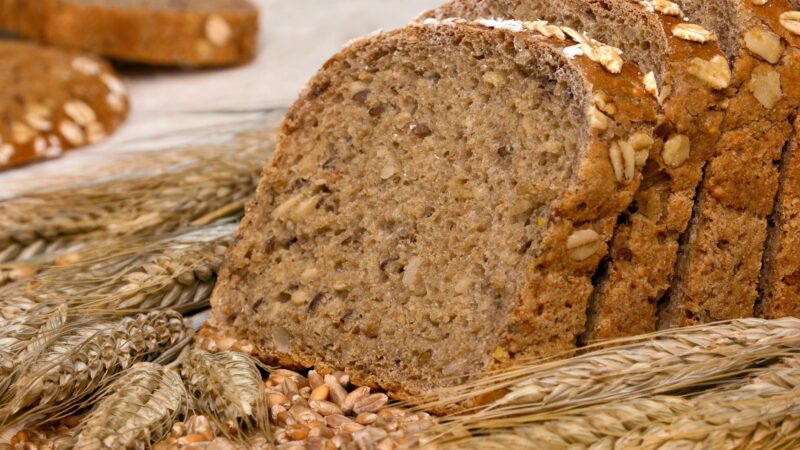FDs have appealed to most investors, regardless of their risk appetite, because of the simplicity of these offer, along with guaranteed returns. A fixed deposit gives you a guaranteed sum at a fixed rate of interest for a fixed duration, which makes it a must-have in your investment portfolio.
Though interest rates on fixed deposits appear to be largely static, not only do they vary from one financial institution to the other, but they also change in the course of time. The interest rates that were applicable in the 1980’s are not the ones offered today.
What are the factors accounting for this difference in interest rates? Let’s examine the three important ones.
- Current state of the country’s economy
One way of measuring a country’s economic performance is to look at its GDP or gross domestic product performance. It is the value of the total goods and services produced in a country during a given period, usually a year. If the GDP figure increases, it means the economy is prospering.
An increase in GDP raises the demand for more money as consumers make purchases at the new value levels. Thus, an increase in real GDP or economic growth will cause an increase in average interest rates in the economy. Conversely when the GDP value decreases, so do the interest rates.
- Reserve Bank of India’s monetary policy
To know how monetary policy can affect interest rates you need to know a little of what the Reserve Bank of India is and what it does. The RBI is India’s central banking entity and frames the country’s monetary policies. Besides taking care of important functions, such as taking care of foreign exchange reserves, it also regulates the banks and financial institutions that come under its umbrella.
All banks in India borrow their money from the RBI. The rate at which this money is lent to them is called the repo rate. So, an increase in repo rates by RBI will mean that banks will increase their interest rates, both on their FDs as well as their loans. This repo rate, also known as the benchmark interest rate, is decided by a six-member monetary policy panel. It is the compass by which banks decide at what rate they will lend and how much they will pay on their FDs.
Recently, the repo rates were reduced, and are now at a 9-year low of 5.15%, which may lead to further reduction of FD interest rates.
- Impact of Inflation and Recession
Inflation is the rate at which prices for goods and services rise. To control high inflation, the usual trend followed is to increase the interest rates so people tend to save more. When inflation decreases interest rates are lowered so people can borrow and spend more.
Like other central banks across the world, the RBI uses interest rates as a tool to control inflation. Last year, for instance, it reduced the repo rate from 6.50% to 6.25% due to low inflation. Thus, inflation impacts whether your FD interest rates are headed north or south.
During recession, which is the time when the economy contracts, interest rates fall accordingly. This is done mainly to encourage borrowing as in a bad economy people are averse to parting with their money. Thus, a recession means your FD will get you lower yields.
Now that you know the factors affecting your FD interest rates, it’s time to make the most of high interest FDs. Choose to invest in a Bajaj Finance Fixed Deposit that offers lucrative returns of up to 8.35% for new customers that goes up to 8.70% for senior citizens. You can start investing easily by filling their online application form, and grow your savings easily.





